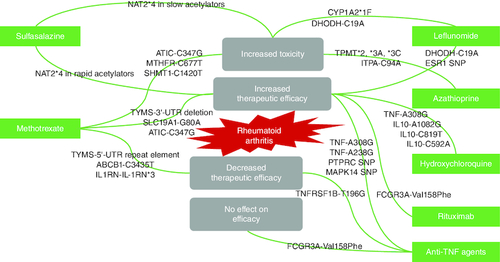Figures & data
Table 1. Inclusion criteria for search strategy.
Figure 2. A diagram presenting the various treatment modalities for rheumatoid arthritis.
The therapy options for RA are classified into two categories: non-pharmacological treatment and pharmacological treatment. Physical therapy, patient counseling on lifestyle variables, and surgical procedures to remove or replace the affected joint and bone regions are examples of non-pharmacological therapies. Pharmacological therapy includes NSAIDs, which are often used solely for symptomatic therapy or until a RA diagnosis is established since these therapies relieve pain and stiffness but have little effect on disease progression.
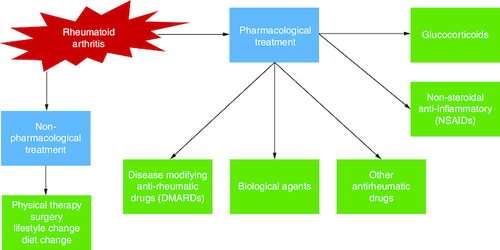
Table 2. Mechanisms of different categories of pharmacological therapeutics for the management of rheumatoid arthritis.
Table 3. Summarized data of different referenced studies showing different treatment modalities with treatment failure of rheumatoid arthritis.
Table 4. Summarized data from studies of treatment success of rheumatoid arthritis.
Figure 3. Triggering factors for rheumatoid arthritis.
The mechanism and procedure for triggering action by the different factors can be explained as follows: (A) The interplay of genes and environmental variables at the various trigger sites, such as lung, mouth, and gut, might induce RA. (B) This triggering action is defined by the beginning of self-protein citrullination and the development of autoantibodies against citrullinated peptides.
Data taken from [Citation10].
![Figure 3. Triggering factors for rheumatoid arthritis.The mechanism and procedure for triggering action by the different factors can be explained as follows: (A) The interplay of genes and environmental variables at the various trigger sites, such as lung, mouth, and gut, might induce RA. (B) This triggering action is defined by the beginning of self-protein citrullination and the development of autoantibodies against citrullinated peptides.Data taken from [Citation10].](/cms/asset/1592031e-247b-4129-8e94-11b8b35accdd/ifso_a_2341560_f0003_c.jpg)
Table 5. Summarized data for referenced studies investigating the effect of different nutrients, food sources and drugs on RA risk and clinical outcomes.
Figure 4. Different pathways for the therapeutic agents used in relieving the symptoms of rheumatoid arthritis.
The pathways are different and can be summarized as follows: (A) Control of the immune cells and inflammatory mediators leads to suppression of the inflammatory response and reduction of the activity of the disease (RA). (B) Different molecules contribute to blocking T- and B-cell-mediated responses, like glucocorticoids, DMARDs and biological agents. (C) Biological agents contribute to inflammatory mediator inhibition. (D) NSAIDs inhibit neutrophil aggregation.
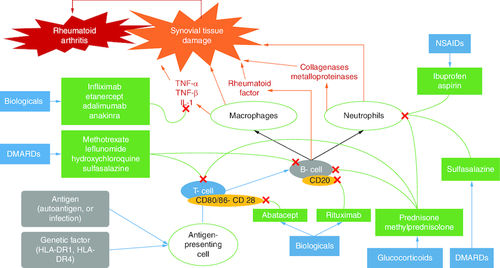
Figure 5. The indirect correlation between different dietary products and the progression of rheumatoid arthritis.
(A) The effect depends on how food affects inflammatory responses, normal microbiota, and weight control. (B) Usually, diet rich in fiber, vitamins, omega 3 and low-glycemic index foods contribute to protection from RA incidence. (C) Diets with high salt, high calories and a high glycemic index contribute to RA occurrence or incidence.
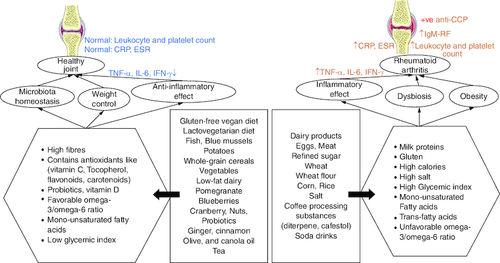
Figure 6. Several lifestyle practices that might be beneficial, when applied by the patients, in controlling and managing rheumatoid arthritis.
(A) The contributing factors for enhancing RA management include dietary habits like healthy food, eating well (eating sufficient quantities of food to provide the required daily caloric need), and supplements. (B) Taking care of physical wellbeing includes good posture practice, regular light exercise, massage, heat, and cold therapy. (C) Emotional, psychological, and mental wellbeing include stress control, meditation, and good and sufficient sleep.
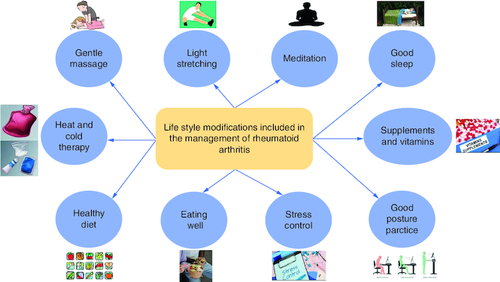
Figure 7. Effect of different molecules and minerals on rheumatoid arthritis.
(A) Nutrients affect cells and mediators of the immune-inflammatory ‘cascade’ leading to RA. (B) Once the mediators or cells are controlled, the inflammatory response will be mitigated, causing improvements in the signs and symptoms of RA.

Table 6. Types of diets for management of RA and their impact on disease symptoms.
Figure 8. Diagram showing the effect of different genetic variants on rheumatoid arthritis therapeutic outcomes.
(A) The therapeutic outcome is affected by the existence of different genetic variants. (B) Therapeutic efficacy may increase or decrease, toxicity may occur, or no change in efficacy may be seen.
